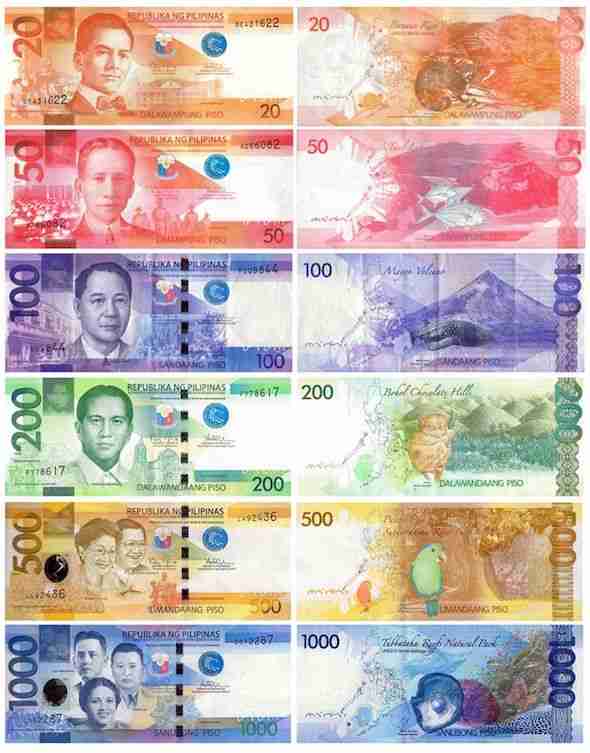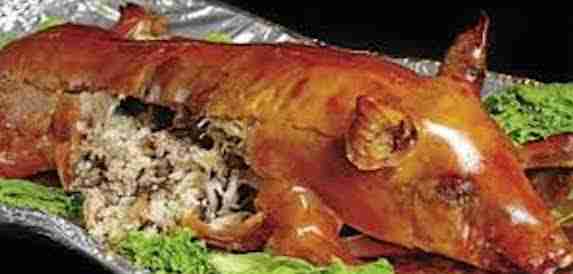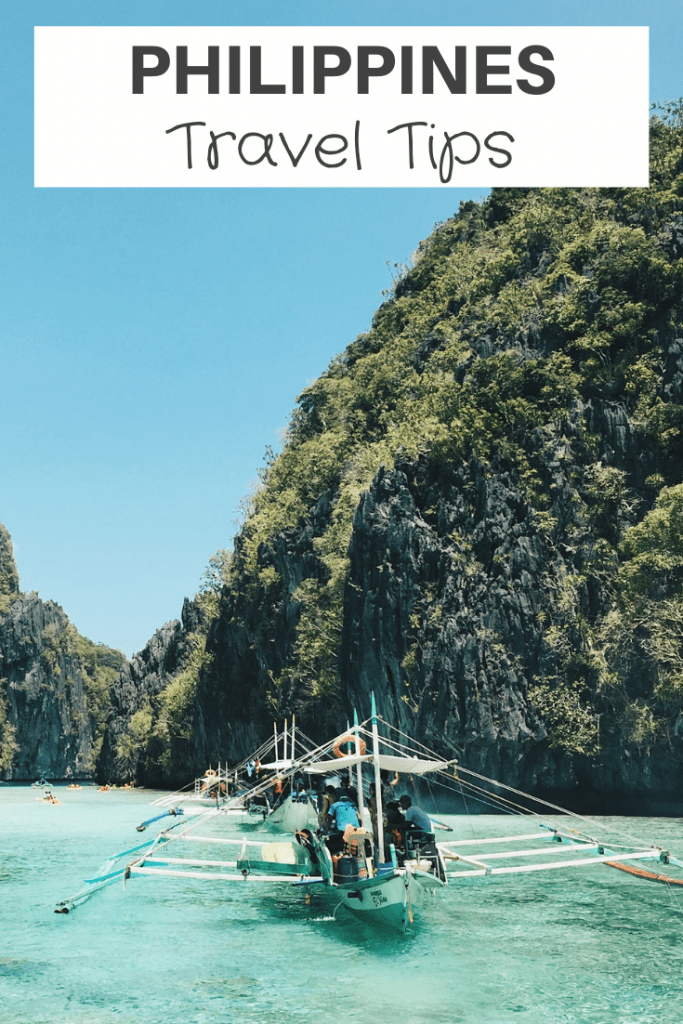The Philippines is a wonderful country to visit for a variety of reasons. Except some parts of western Mindanao in the Philippines in the very south of the country. If it’s not to see the world-famous beaches and islands around the country to see the historic sites, These are some of the best in the world.
International visitors to the Philippines have been increasing year on year because it’s no wonder with all its natural beauty, colonial towns, beaches, and shopping malls are always going to be a major pull for any visitors. The Philippines is fairly safe for visitors to the Philippines but the Philippines has its own customs and little quirks.
In this post, we will go through the Philippines travel tips for first-time visitors. Let’s get started!
Read More About The Philippines
- Philippines Best Beaches Worth Exploring
- Amazing Things To Do in Palawan Philippines
- What Are The Best Party Islands in The Philippines?
- Is Puerto Princesa or El Nido Philippines Better?
- What Are The Best Night Markets in Manila Philippines?
- Things To Do in Dumaguete Philippines
- Does It Snow In The Philippines?
- Can You Drink Tap Water In The Philippines?
Philippines Travel Tips
The Philippines has its customs and little quirks. To make your visit to the Philippines more enjoyable and to avoid any misunderstanding or cultural challenges we have a few Philippines travel tips that will help.
Here are a few Philippines travel tips, that I wish I had known before visiting the Philippines.
Visa On Arrival
When traveling to the Philippines, tourist visas are available on arrival for all E.U. countries, the U.S., Canada, Australia, and most other countries.
Always check the latest visa requirements with your nearest Filipino embassy.
The tourist visas are for up to 30 days and it’s a pretty simple procedure to extend your stay without having to leave the Philippines.
English Is Widely Spoken
The country’s language is Filipino which is popularly known as Tagalog. There are over 111 dialects spoken in the Philippines. But, there’s nothing you should worry about if you are thinking of a language barrier as the majority of Filipinos are bilingual.
Filipinos speak English really well. Not all speak English but you should not encounter any language problems.
Give Yourself At Least 3 Weeks To See The Country
The Philippines is a big country with over 7,000 islands. Traveling around the Philippines is time-consuming, so if you are planning on going to the Philippines for a minimum of 2 to 3 weeks. You do need to plan out your trip.
Philippine Peso Is The Local Currency
The peso is the main currency of the Philippines. US dollars are an accepted form of money and banks will not change sterling or euros.
American Express, MasterCard, Diners Club, and Visa are accepted throughout Manila and some major cities. You may also withdraw cash from ATMs in cities or small towns.

Tipping Are Expected
This is expected for most services, yet whether you tip or not is actually up to you. Generally, restaurant staff will expect one, though there’s a service charge included.
It is also a nice gesture to tip your guide but again it’s discretional.
WiFi Or Internet Access Is Poor
Internet access in the Philippines is poor. Data is slow with no service or with a 2G service in some areas and WiFi from hotels is a hit or miss.
Toilet Standards? Always Begin A Toilet Roll
The toilets are not the best in some cases are pretty awful. The public toilets are used by loads of tourists and locals every day. With the toilets not being regularly maintained, expect to be shocked.
If in rural areas, there’s no avoiding the squat toilet. Remember, to always begin a toilet roll with you everywhere in the Philippines.
Lots of Islands In The Philippines
There are just over 7,000 islands in the Philippines. Simply, the Philippines is a massive, sprawling archipelago of thousands of islands, most of which are uninhabited and unnamed.
Of course, this means that discovery is still ongoing and probably will be for many years to come.
Carry Water Around With You All The Time
Buying water regularly, especially in tourist hotspots can get very expensive. It is cheaper to buy water and carry it around with you.
Filipino Foods And Drinks Are Tasty
Filipino foods are a tasteful, exotic fusion of European, American, and oriental culinary influences with a range of delectable fruits and fresh seafood.
Adobo is the national dish, which is often prepared in pork, chicken, or both, simmered in vinegar and soy with black pepper and garlic.

Lechon de Leche is another delicacy of the Philippines and it’s a roasted suckling pig. Crispy Pata is also a tasty delicacy you should try. If you’re the type of person who loves seafood, fish dishes are great as well.
However, most fish delicacies are better in the provinces of the country. Other than that, almost all dishes are served with rice and Western food is widely available in the Philippines.
Etiquette And Social Conventions
Filipinos are very friendly, outgoing, and cheerful. They will ask you some personal questions without considering it rude. They are sociable and would offer to share a meal or drink.
Filipinos also have a sense of humor and good behavior, particularly with women and elders.
Those who do not speak English might answer your question with a nod of the head, which means yes, maybe, or no.
USEFUL TRAVEL RESOURCES
Book Accommodation
Booking.com has a large range of properties from hotels, hostels, guesthouses, and resorts where you will find the best deals. Airbnb and Hostelworld also have a good range of places to stay at good prices.
Booking Flight
Skyscanner is a flight search comparison website that searches millions of flights all at once. Ultimately it is the best flight comparison website online at the moment.
Booking Transportation & Things To Do
Rome2rio and 12Go are useful to plan how to get anywhere by searching train, bus, car, and ferry routes. Especially useful in countries like Vietnam or Thailand. While Klook is great for exploring things to do in each place.
Travel Insurance
Travel insurance is cheap and more than likely you will never need to use it but you will have peace of mind if something does happen, you are covered in case of an emergency. World Nomads have great customer service and competitive prices.
Check out our resource page for the best companies to use when you travel.
Wrapping Up
Finally, the Philippines has its customs and little quirks that you should respect and something you should beware of before going to the Philippines. The Filipino people are friendly and are generally, understanding when tourists make mistakes or if there is a misunderstanding.
Like any trip, you’ll get the most out of it by learning all you can before you arrive in the Philippines.
And that’s it for now! And I’d love to know if this guide on Philippines travel tips has helped you. Let me know if you have any questions and let me know if you go.
Did you enjoy this post? Then don’t forget to pin it!







